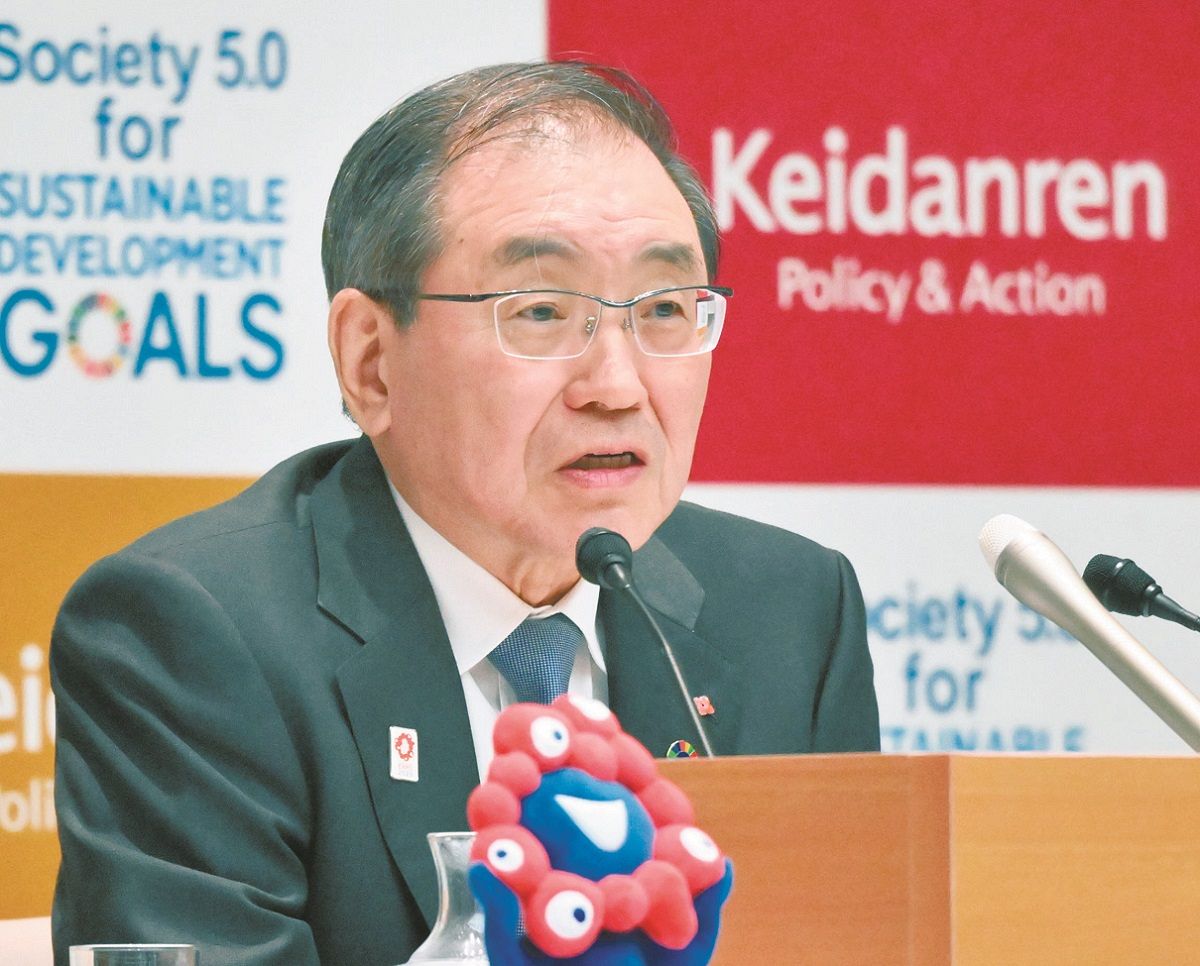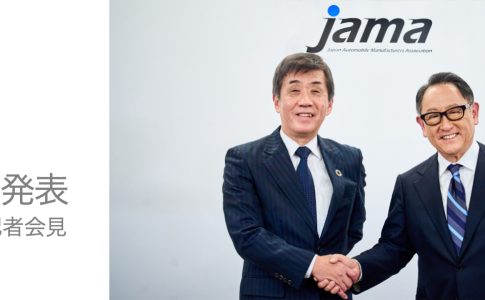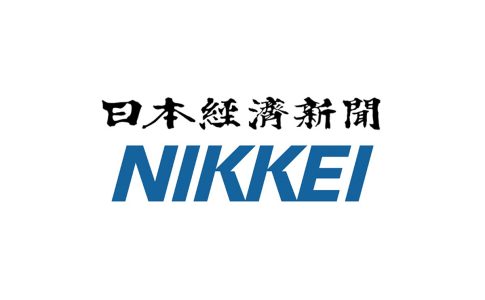The annual spring wage negotiations in Japan, known as “Shunto,” are intensifying, marking a critical phase in the nation’s long battle against deflation. The Japanese Trade Union Confederation (Rengo) is demanding wage increases of over 5% across the board, with major sector unions adopting a bullish stance. Exporting giants, buoyed by a weaker yen, have steadily improved their earnings, aligning with the government, business leaders, and labor representatives in a January tripartite meeting to aim for wage hikes surpassing last year’s levels.
While large corporations have somewhat aligned in their commitment to wage increases, the real challenge lies within small and medium-sized enterprises (SMEs). To uplift the Japanese economy, it’s imperative to spread wage increases to SMEs, which employ 70% of the workforce; without this, revitalizing consumer spending remains elusive. For SMEs to raise wages, a shift in business practices is necessary, requiring large corporations to accept cost pass-throughs, including labor expenses, to their subcontractors.
The Japan Business Federation (Keidanren) adopted an unusual stance in its January negotiation policy, surprising industry insiders. “It was remarkable how Keidanren acknowledged the social responsibility of structural wage increases, positively evaluating Rengo’s target of over 5% raises. It’s a significant shift from Keidanren’s past,” an industry observer noted.
Moreover, Keidanren’s commitment to supporting wage increases in SMEs is particularly rare. By urging “appropriate cost pass-throughs” for labor and other expenses, Keidanren is calling for a mindset shift among businesses to accept these changes. The deflationary practice of absorbing cost increases through price freezes and cost-cutting cannot continue if wages, including those of subcontractors’ employees, are to rise.
Keidanren’s change in direction is largely attributed to strong encouragement from Prime Minister Fumio Kishida’s administration. Amid global inflation concerns fueled by soaring energy prices, Japan’s consumer price index recorded a 2.3% year-on-year increase last year. Despite achieving mid-3% wage hikes in last year’s Shunto, the highest in 30 years, real wages have fallen for 21 consecutive months up to December last year due to rising prices outpacing wage growth.
A wage structure survey revealed that while nearly 70% of large corporations with over 5,000 employees implemented base pay increases (base-up), only 45% of SMEs with fewer than 300 employees did the same. In industries with a high concentration of SMEs, such as healthcare, welfare, and hospitality, base-up rates barely reached the 20% mark, exacerbating labor shortages in these sectors.
The relatively low wage levels in SMEs are attributed to their subcontractor business models and the inability to pass through labor and other costs. According to a Ministry of Economy, Trade, and Industry survey, only 45% of SMEs had managed to pass on cost increases in their prices as of September last year, mirroring the proportion of SMEs implementing base-up wage increases.
As Keidanren emphasized in its spring negotiation guidelines, addressing subcontractors’ wage increases requires cost pass-through measures from their clients. Not just labor costs but also passing through increased energy prices can drive wage growth across all industries, including SMEs.
The Bank of Japan has also highlighted consistent wage increases as a condition for ending negative interest rates. This year’s Shunto negotiations are not only a test for labor and management but a crucial step toward normalizing Japan’s economy.
2 / 2











Leave a Reply